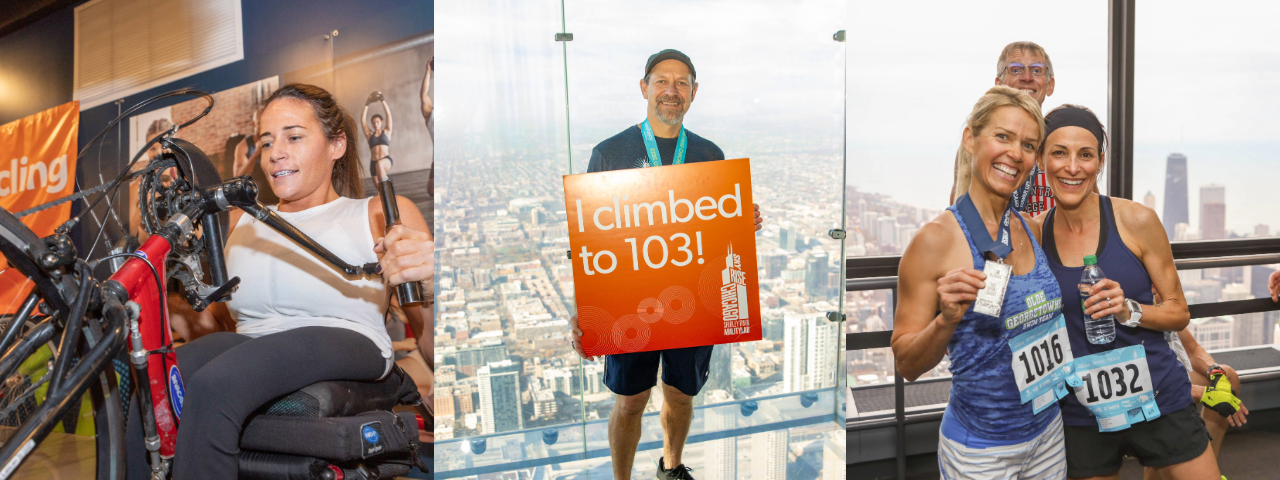Study has potential to restore sensation for those with upper-limb amputations
Body
CHICAGO — June 8, 2023 — Today, an estimated 41,000 people in the United States live with the loss of an upper limb, including hundreds of service men and women. Although significant progress has been made in the durability, control and function of upper-limb prosthetic devices, they lack complete integration into the body and, importantly, do not enable their users to feel.
Now, with the award of an $8.7 million grant from the National Institutes of Health (NIH), Shirley Ryan AbilityLab — the top-ranked physical medicine and rehabilitation hospital — and its research partners have an opportunity to significantly advance the field of bionics by applying osseointegration in a novel manner.
Osseointegration is a technique whereby a metal implant is surgically attached to a person’s residual bone. The implant then becomes an integrated extension of the body — providing a direct attachment between the bionic and residual limb. Then, a special system called e-OPRA (Enhanced Osseoanchored Prostheses for the Rehabilitation of Amputees) uses electrodes implanted into muscle to provide robust sensory feedback through peripheral nerve stimulation, restoring the feeling of touch.
The study is the first to combine osseointegration, targeted muscle reinnervation (TMR) and pattern-recognition control using implanted electromyographic (EMG) sensors. (TMR is a revolutionary surgical technique — that was developed by collaborators at Northwestern Medicine and Shirley Ryan AbilityLab — to allow those with amputations control of bionic prostheses.) It also is the first in-home trial of the e-OPRA system in people with upper-limb amputations who have had TMR surgery and use a Coapt Gen2 pattern recognition–controlled myoelectric prosthesis.
“With this combination of novel and advanced technologies, the device should feel much more like a person’s actual limb,” said Levi Hargrove, the study’s lead researcher and director of the Regenstein Foundation Center for Bionic Medicine at Shirley Ryan AbilityLab. “This study builds on many years of our leadership in bionic medicine, and marks a significant step forward in making this intuitive technology broadly available for the first time.”
As part of the study, Shirley Ryan Ability is partnering with Integrum, a Swedish company that invented the osseointegration technique, and Northwestern Medicine, which will implant the device and perform TMR surgery on eight research subjects. Researchers at UChicagoMedicine and Bionics Institute in Australia also will support the study.
Following the surgeries, the research team will lead two clinical trials to evaluate the comfort and function with implanted electrodes through e-OPRA — compared to and combined with the state-of-the-art clinical solution using Coapt’s Gen2 pattern recognition system — and to evaluate the effects of providing sensory feedback.
“Engineers, material scientists, neurophysiologists and surgeons have never before come together on this scale to apply osseointegration in this manner,” said Rickard Branemark, CEO and founder of Integrum AB. “We are very excited to collaborate on this important work.”
The five-year grant is being funded through the NIH’s UG3 and UH3 mechanisms, which specifically are targeted to translating groundbreaking neural technologies for patients.
The award comes on the heels of another, recently funded $1.5 million U.S. Department of Defense grant for Shirley Ryan AbilityLab and its research collaborators to evaluate functional mobility, neural control and user satisfaction as they relate to osseointegration in bionic legs.


